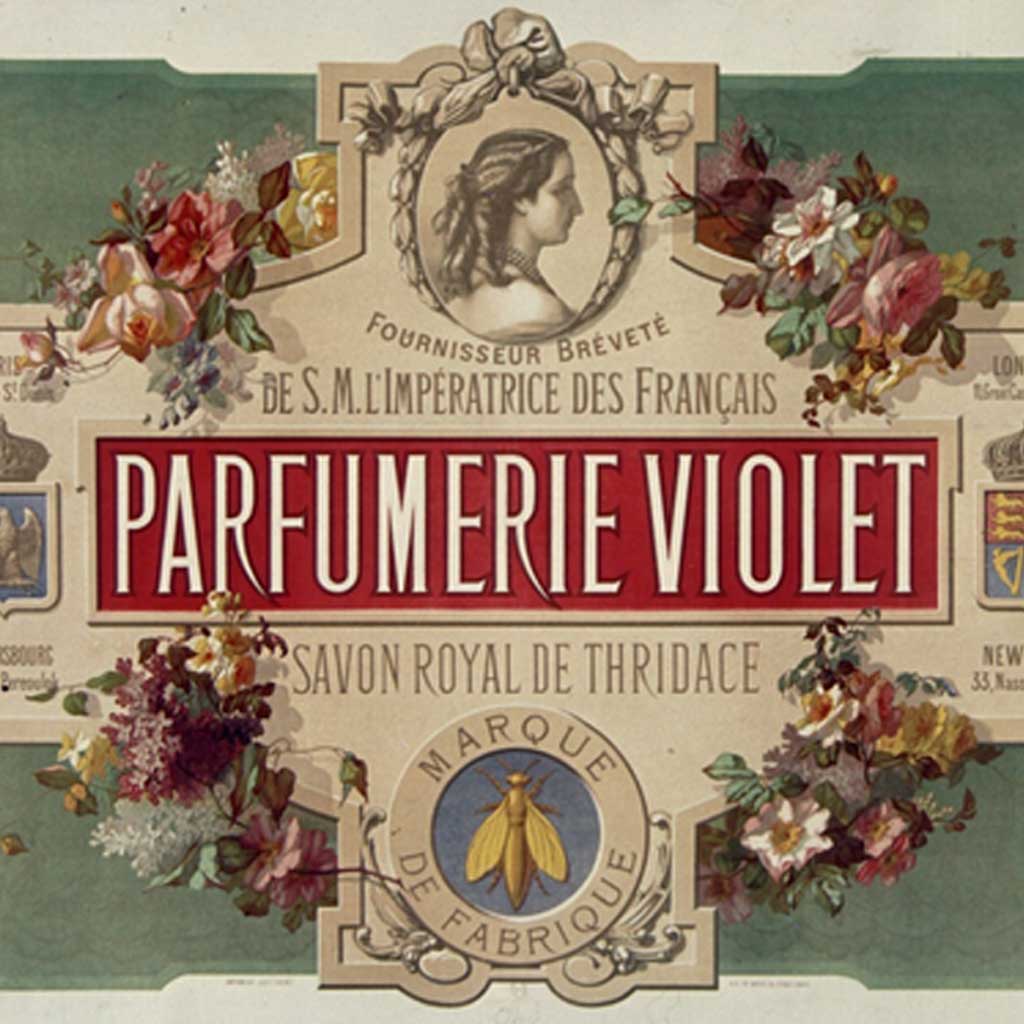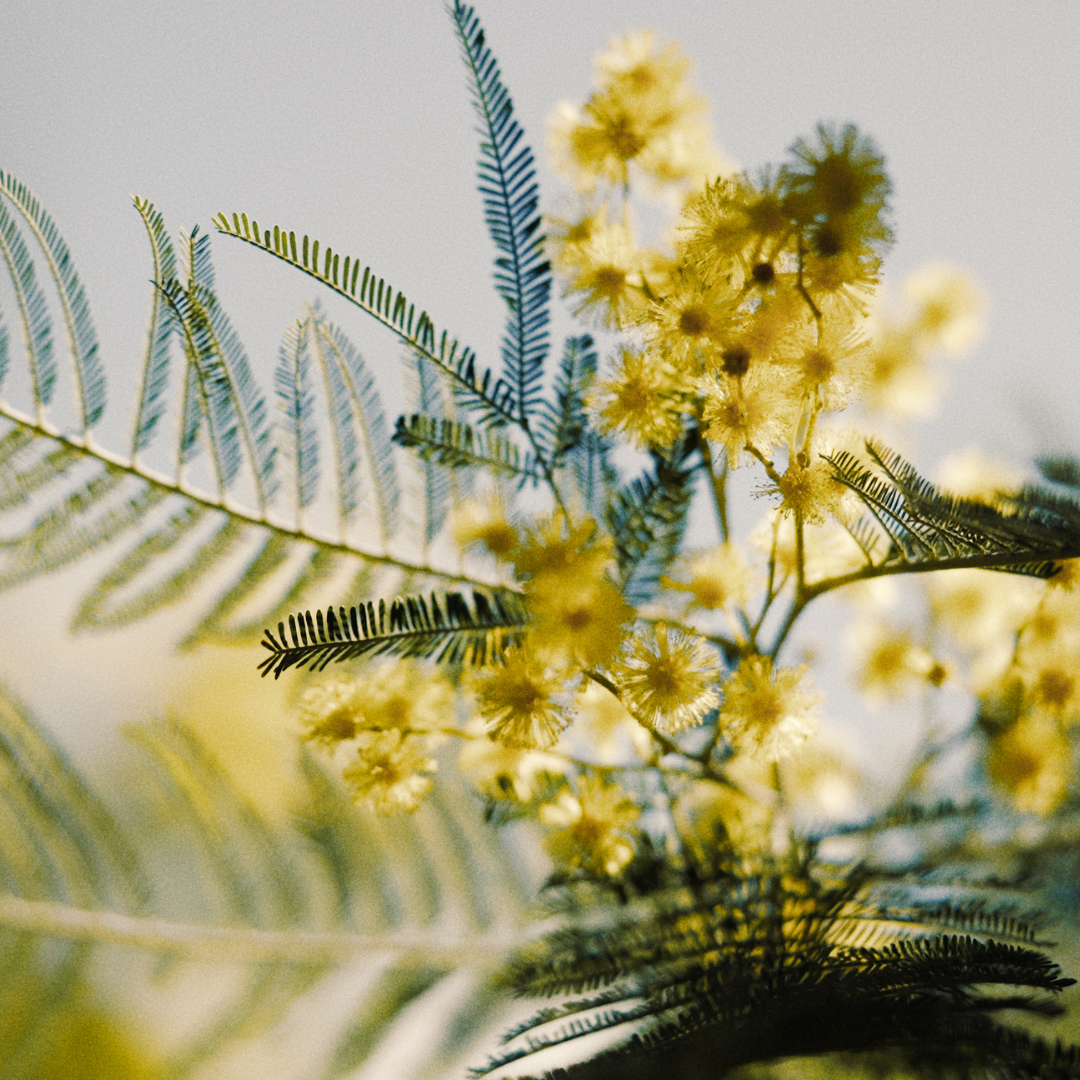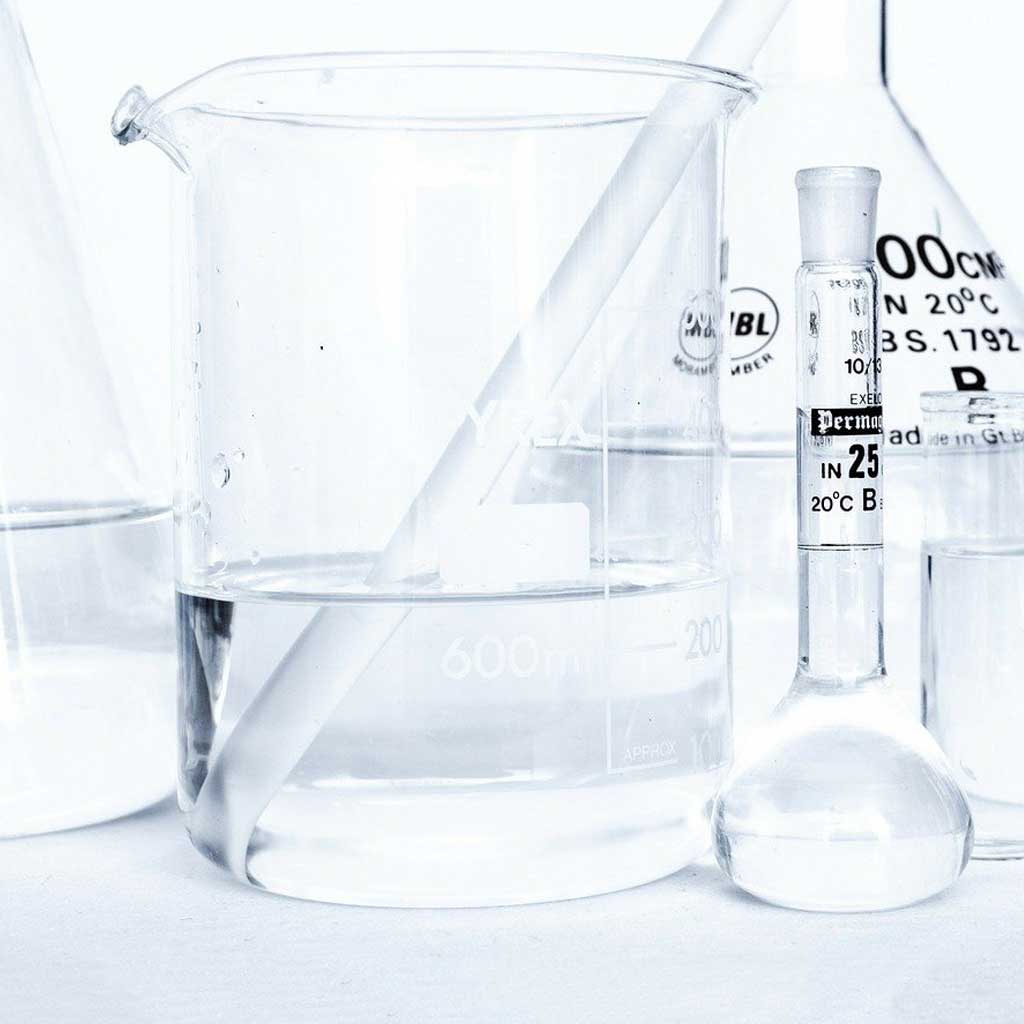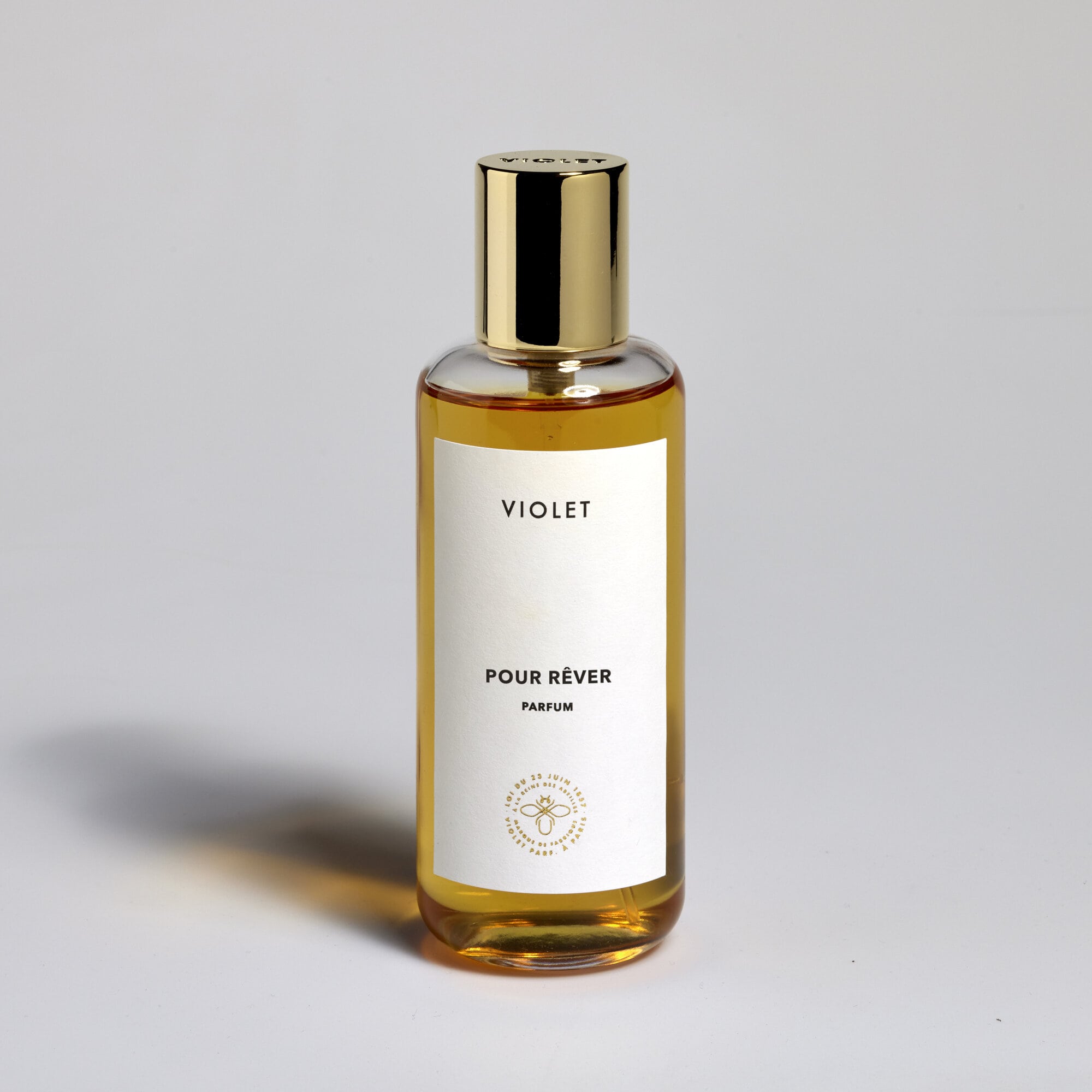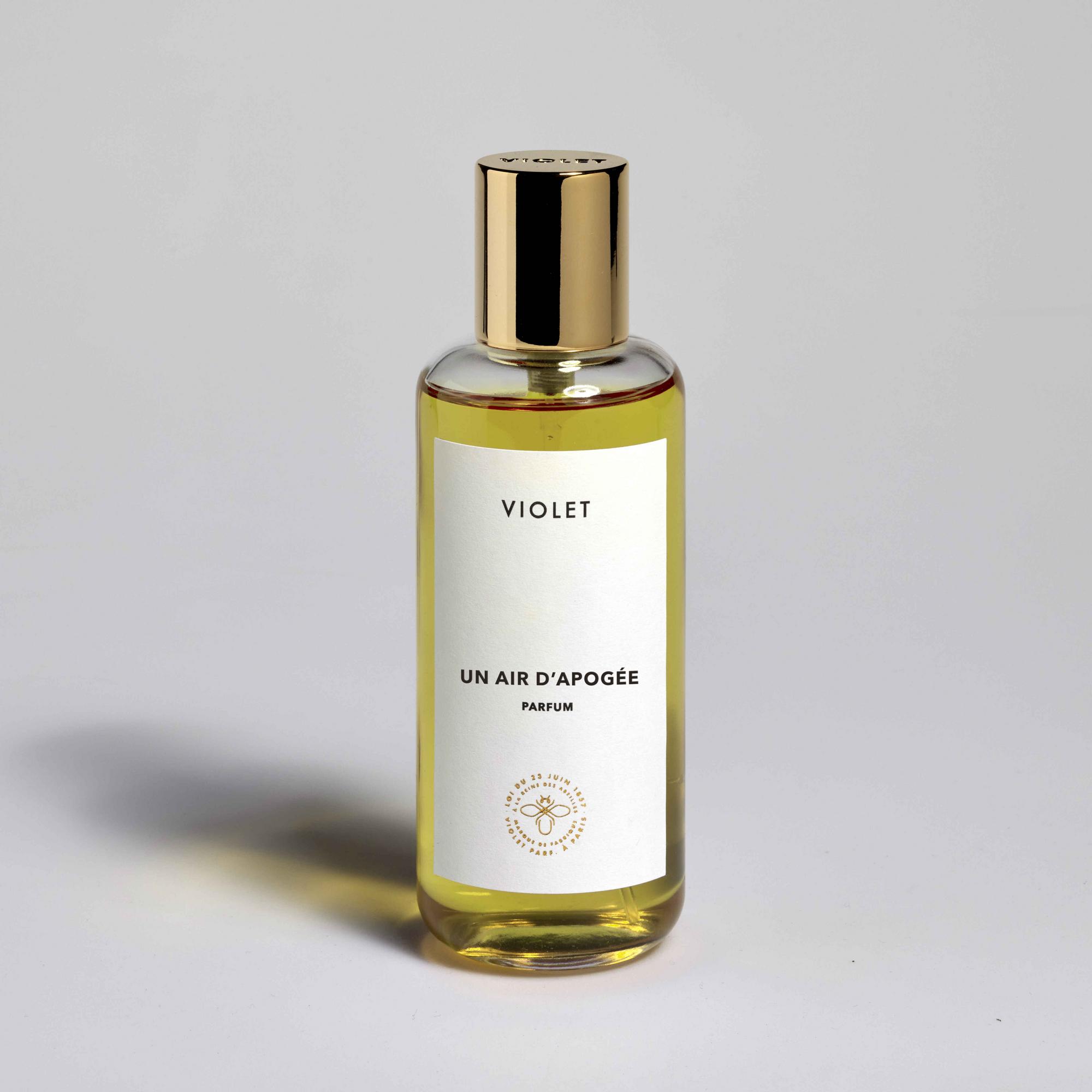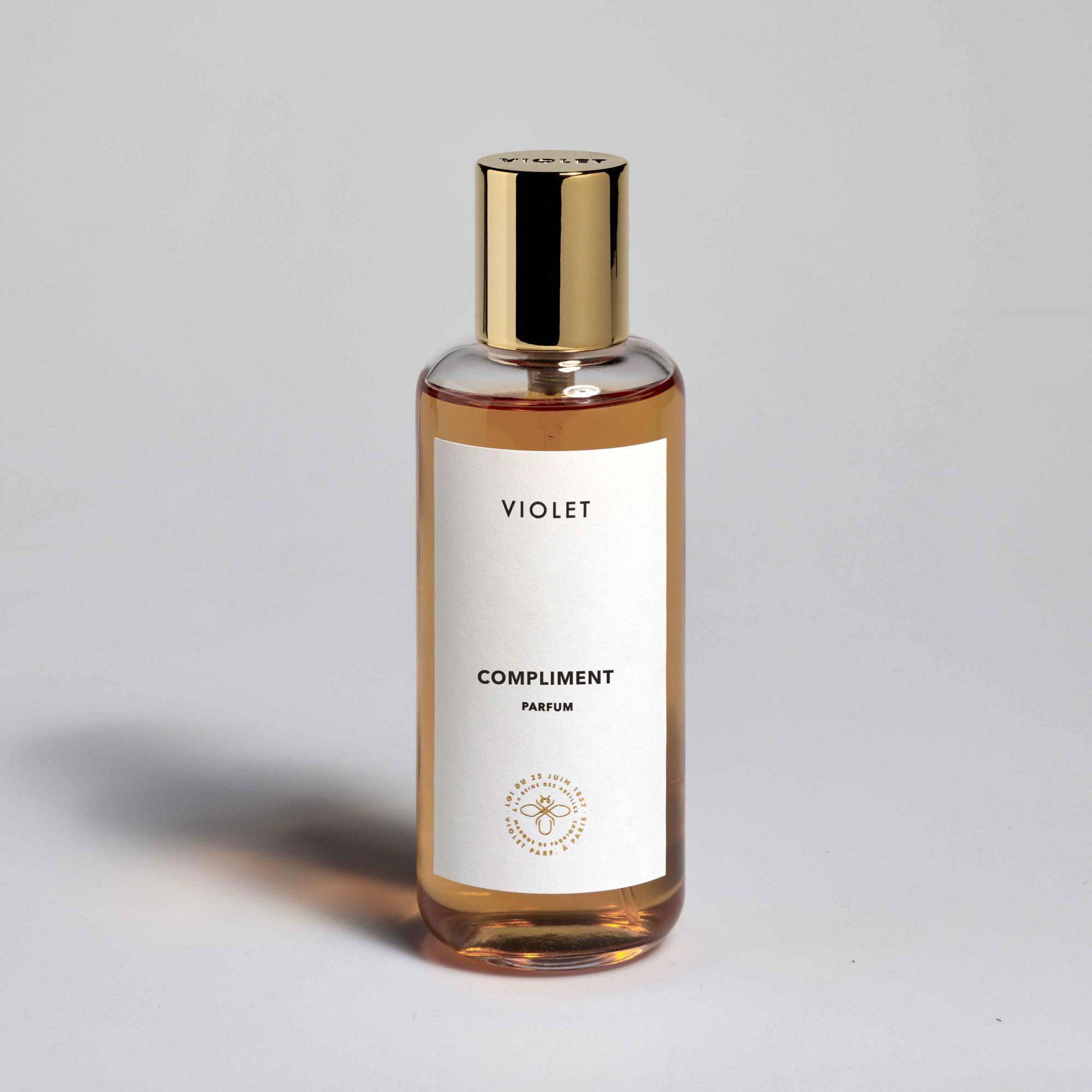Raw material sheet - Mimosa
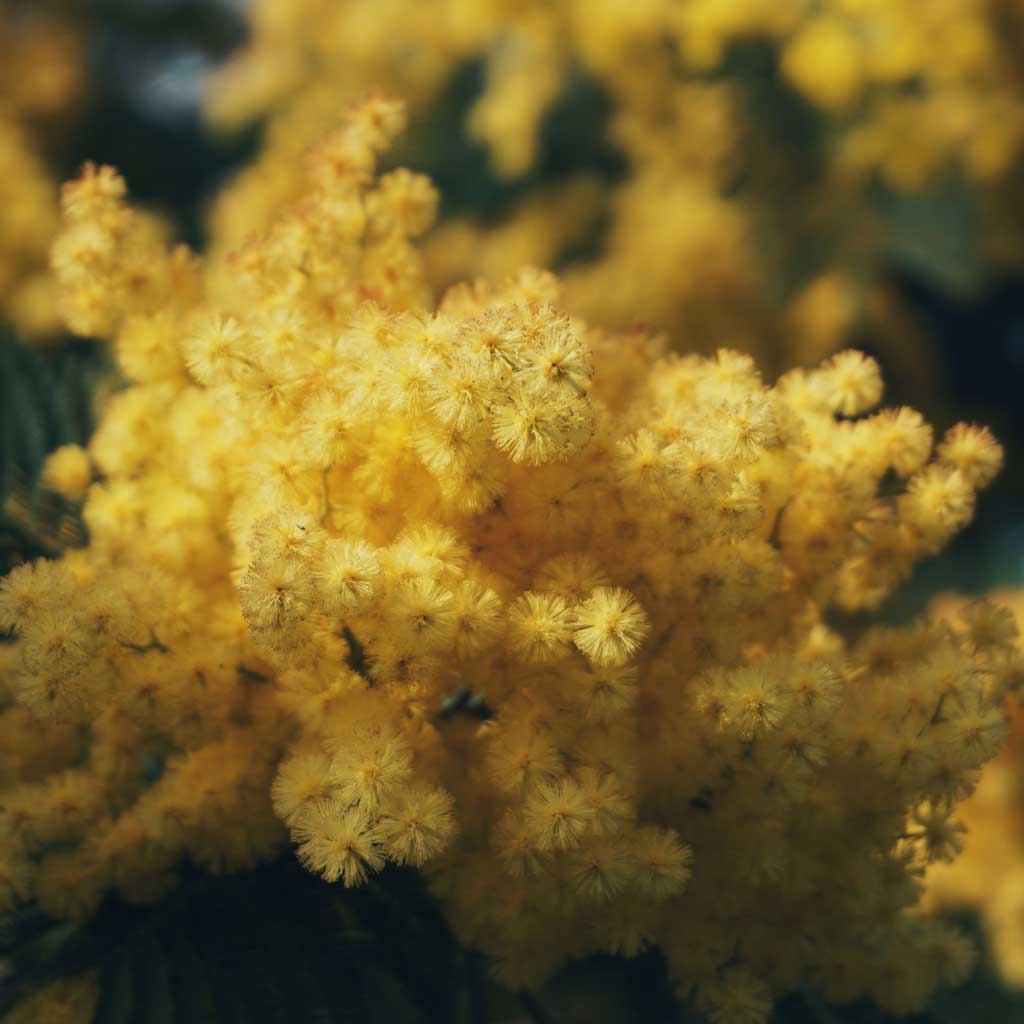

The mimosa, the emblematic winter flower of the Côte d'Azur, is also widely renowned for its olfactory properties. Its brilliant yellow pompoms develop such a characteristic and bewitching scent that the flower has risen over time to the list of favorite raw materials for perfumers.
Its flowering and harvesting period taking place at the end of February, we have decided to highlight for you the one that the locals affectionately call “the winter sun. »
You should know that the mimosa was imported to the French Mediterranean coast from Australia at the beginning of the 19th century by the explorer James Cook. The shrub then adapted wonderfully to its new environment. Appreciating the sunny climate and the infrequent frosts of the Côte d'Azur, it proliferated in the Estérel and Tanneron massifs, whose rocky and sandy soils formed an idyllic terrain for its development. Moreover, the town of Mandelieu-La Napoule, located at the foot of the Massif du Tanneron and home to the largest concentration of mimosas in Europe, has quickly become the international capital of this flower. Since 1931, every year, in February and for ten days, a big popular festival in his honor has been celebrated there.
It is good to remember that the mimosa is not content to be a decorative element at the beginning of the year but that its properties quickly exceed the unique aesthetic aspect of its pompoms. Its exploitation is, for example, essential for the perfume industry. There are several varieties of mimosa and all are fragrant. However, the Acacia Decurrens variety of mimosa remains the one that delights perfumers as its grains are fragrant.

Cultivated mainly in France, India, Morocco and China, the mimosa represents an economic stake for certain regions of the world. It also contributed in France, in the same way as the rose, to the development of the city of Grasse in the 19th century.
To exploit its subtle scent, the perfume industry uses a process called "volatile solvent extraction" on the twigs of the mimosa. With the exception of China, which isolates the bunches one by one from the rest of the shrub in order to obtain a more floral and more figurative Absolute.


The mimosa flower has a good extraction yield since it takes about one hundred and fifty kilos of flowers to obtain one kilo of concrete*. To compare; the production of one kilo of rose essential oil requires the distillation of three to five tons of rose petals. This mimosa concrete is then treated by extraction and filtering in order to obtain an absolute: concentrate in liquid form and miscible in alcohol, usable in perfumery. This precious liquid with a rich, warm and powdery smell, nuanced with green and fresh facets (sometimes associated with cucumber), and with notes of straw and honey is used in many floral accords. Mimosa thus enters into the composition of renowned perfumes, such as Amarige by Givenchy or Paris by Yves-Saint-Laurent.
At Violet, we celebrate our love for mimosa in a composition that is both sensual and daring: Un Air d'Apogée. So the next time your nose dives into this leathery floral and you notice its carnal generosity, tell yourself that only a winter sun can offer this feeling.
* fragrant and concentrated flower butter

